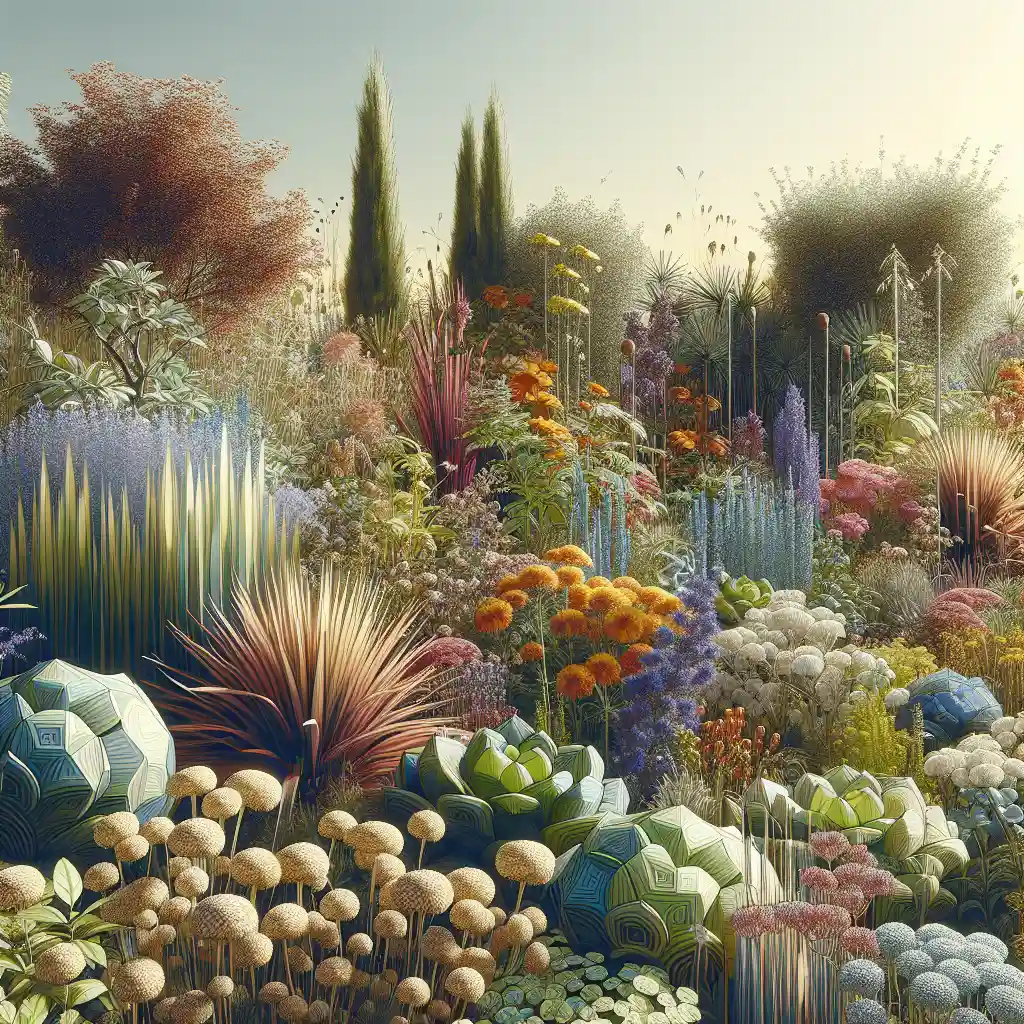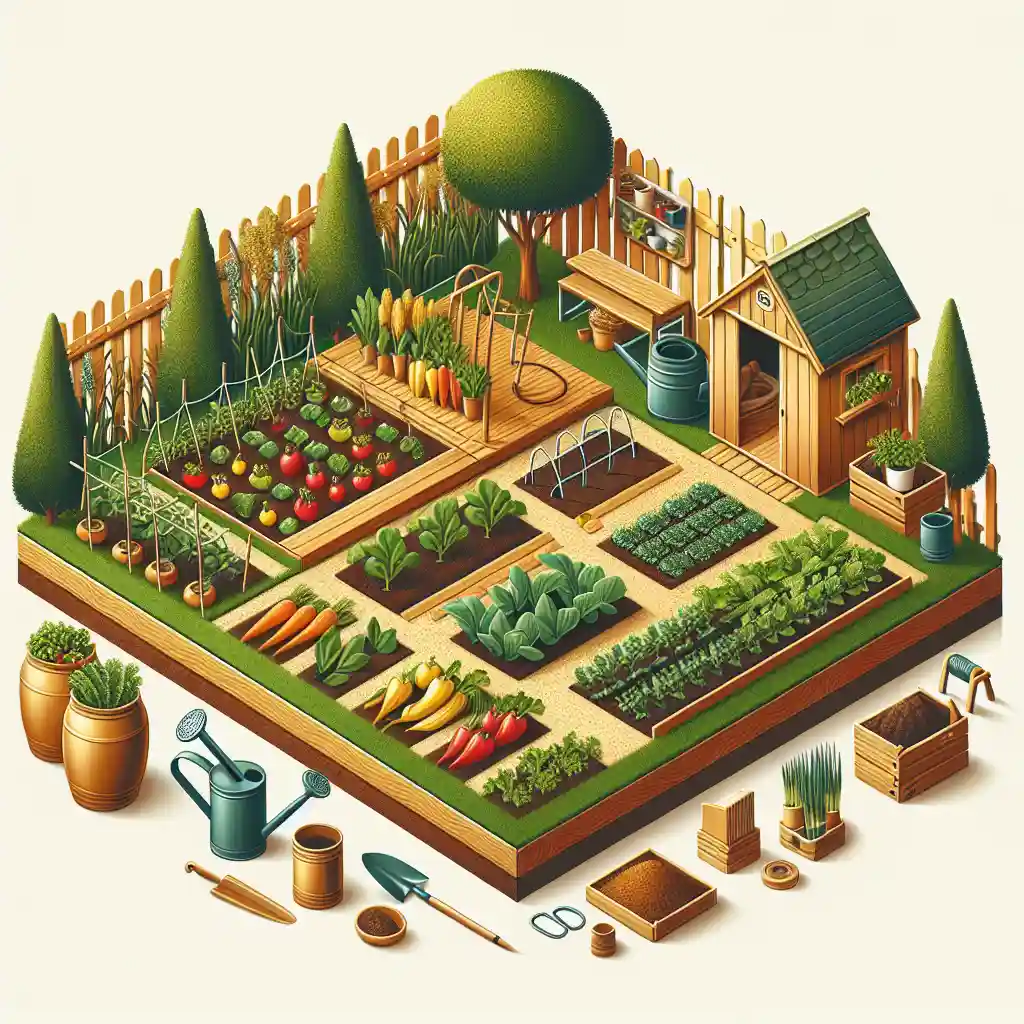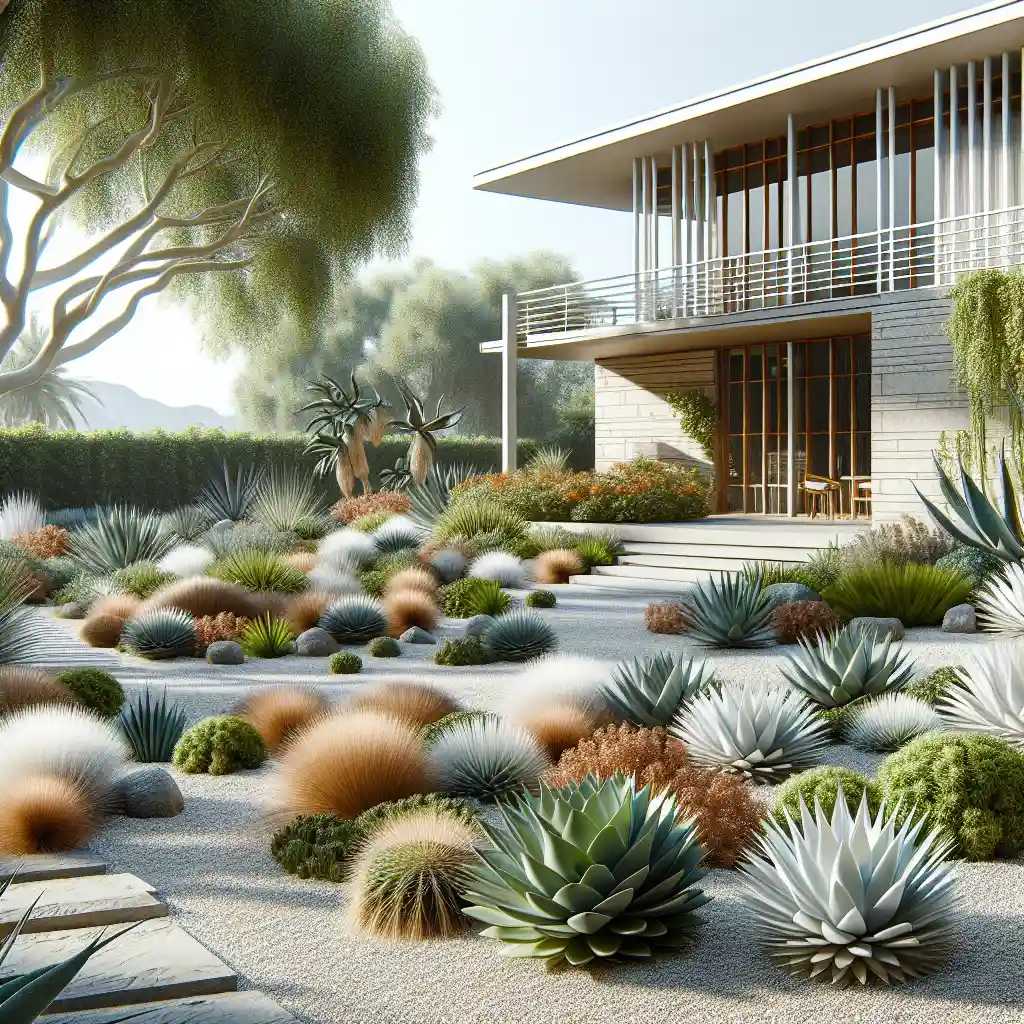Native Plants for Sustainable Landscapes: Enhancing Biodiversity in Your Garden
In today's world, where environmental sustainability is becoming increasingly crucial, incorporating native plants into your garden can have a significant impact on enhancing biodiversity and promoting healthy ecosystems. By choosing native plants that are adapted to your region's climate and soil conditions, you can create a thriving wildlife habitat while reducing water usage and maintenance costs. Let's explore the benefits of using native plants for sustainable landscaping and how they can transform your garden into a haven for local flora and fauna.

The Importance of Native Plants in Sustainable Landscapes
Native plants play a vital role in maintaining the delicate balance of local ecosystems. Unlike non-native species, native plants have co-evolved with native wildlife, providing essential food and habitat for insects, birds, and other animals. By incorporating native plants into your landscape design, you can help preserve biodiversity and create a more resilient ecosystem that is better equipped to withstand environmental challenges such as climate change and habitat loss.
Creating Wildlife Habitat with Native Plants
One of the most significant advantages of using native plants in your garden is their ability to attract and support a wide range of wildlife. Native plants provide food in the form of nectar, fruits, seeds, and foliage for various insects, birds, and mammals. By cultivating a diverse array of native plant species, you can create a thriving wildlife habitat that supports pollinators, beneficial insects, and other essential members of the ecosystem. This diversity not only enhances the beauty of your garden but also contributes to the overall health of the environment.
Enhancing Biodiversity in Your Garden
When you choose native plants for your landscape, you are not only creating a more sustainable garden but also increasing the overall biodiversity of your outdoor space. Native plants attract a diverse array of wildlife, from colorful butterflies and songbirds to beneficial insects like ladybugs and bees. By supporting a healthy population of pollinators and other wildlife, you are fostering a balanced ecosystem where each organism plays a vital role in the web of life.
Benefits of Native Plants for Sustainable Landscaping
In addition to promoting biodiversity and wildlife habitat, native plants offer a range of benefits for sustainable landscaping. These plants are well-adapted to the local climate and soil conditions, making them more drought-tolerant and resilient to pests and diseases. By reducing the need for supplemental watering, fertilizers, and pesticides, native plants can help conserve water resources, improve soil health, and minimize the environmental impact of traditional gardening practices.
Designing a Native Plant Garden
When planning your native plant garden, consider selecting a variety of species that bloom at different times of the year to provide food and shelter for wildlife throughout the seasons. Incorporate a mix of trees, shrubs, wildflowers, and grasses to create layers of vegetation that mimic natural habitats. Be sure to research the specific growing requirements of each plant species, including sunlight, moisture, and soil preferences, to ensure they thrive in your garden. By designing a well-balanced native plant garden, you can enjoy a beautiful and sustainable landscape that benefits both the environment and your local ecosystem.
By embracing native plants in your garden, you can make a positive impact on biodiversity conservation and create a sustainable landscape that supports healthy ecosystems. Whether you are a seasoned gardener or just starting, incorporating native plants into your outdoor space can transform it into a vibrant oasis teeming with life. So why not take the leap and start enhancing biodiversity in your garden today with the beauty and benefits of native plants?


















